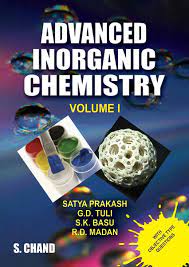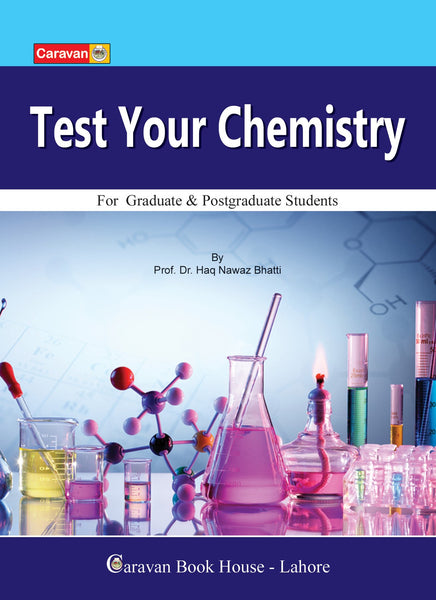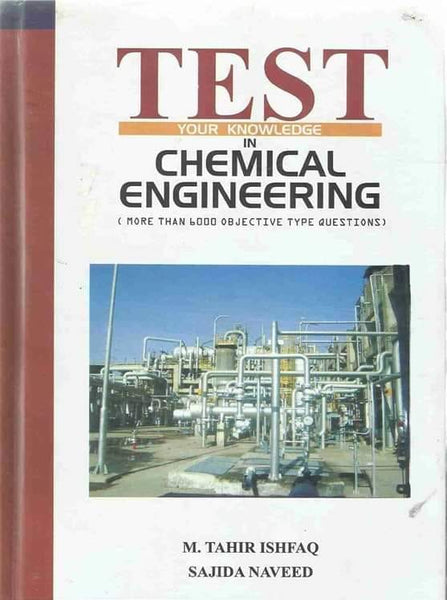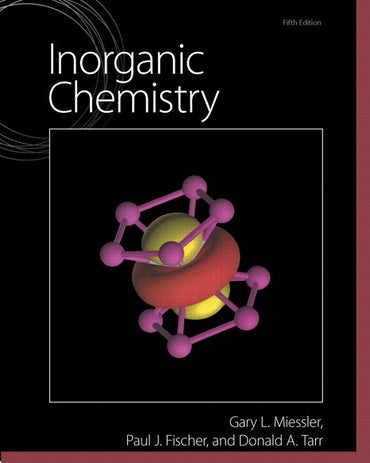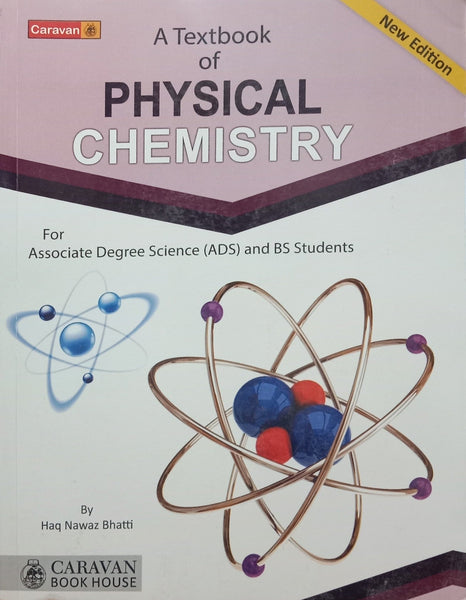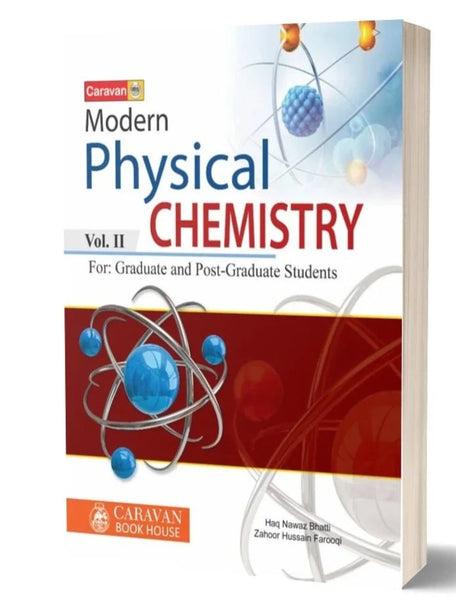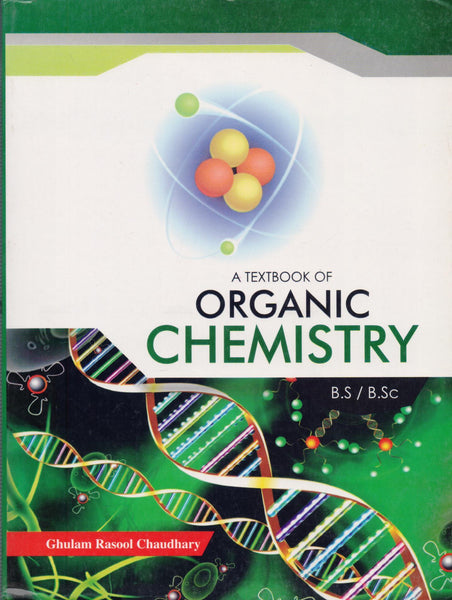Advanced Inorganic Chemistry 19th Edition by GD Tuli SK Basu
- Publisher: CHEMISTRY
- Availability: In Stock
- SKU: 42376
- Number of Pages: 1416
Rs.3,090.00
Rs.3,595.00
Tags: Advanced Inorganic Chemistry , Biochemistry , Bioinorganic Chemistry , Catalysis , Chemical Catalysis , Chemical Engineering , Chemical Engineering Applications , Chemical Hazards , Chemical Structures , Chemical Synthesis , Chemical Technology , Chemical Toxicity , Chemistry Curriculum , Chemistry Education , Chemistry Experiments , Chemistry Laboratory , Chemistry Proficiency Is this conversation helpful so far? , Chemistry Research , Chemistry Skills , Chemistry Techniques , Coordination Chemistry , Crystallography , Electronic Spectra , Environmental Chemistry , Environmental Pollution , Environmental Remediation , GD Tuli , Green Chemistry , Industrial Chemistry , Inorganic Biomolecules , Inorganic Ceramics , Inorganic Chemistry Textbook , Inorganic Composites , Inorganic Compounds , Inorganic Elements , Inorganic Nanoparticles , Inorganic Nanowires , Inorganic Polymers , Ligands , Main Group Chemistry , Materials Science , Medicinal Chemistry , Metal Ions , Nanomaterials , Organometallic Chemistry , Phase Transitions , RD Madan , Satya Prakash , SK Basu , Solid State Chemistry , Sustainable Energy , Transition Metal Complexes
Advanced Inorganic Chemistry – Volume 1 - 2 (19th Edition)
Author: G.D. Tuli, S.K. Basu
Binding: Paperback
Paper Quality: Black White Paper
Category: Chemistry / Inorganic Chemistry / Undergraduate & Graduate Textbooks
Recommended For: BS/BSc Chemistry students, competitive exam aspirants (CSS, PCS, GAT, NET), and students preparing for MSc-level chemistry.
Key Points:
1. Coordination Chemistry
Coordination chemistry delves into the study of coordination compounds, which are complex molecules comprising a central metal atom or ion bonded to surrounding ligands. These ligands donate electron pairs to the metal center, forming coordination bonds and giving rise to a diverse array of structural and chemical properties.
2. Transition Metal Complexes
Transition metal complexes are a focal point in inorganic chemistry due to their unique electronic configurations and versatile reactivity. Understanding their bonding characteristics, electronic spectra, and reactivity patterns is essential for elucidating their roles in catalysis, materials science, and bioinorganic chemistry.
3. Organometallic Chemistry
Organometallic chemistry explores the interactions between organic molecules and metal atoms or ions. These compounds exhibit rich chemistry, including diverse bonding modes, unique reaction mechanisms, and applications spanning from homogeneous catalysis to medicinal chemistry.
4. Solid State Chemistry
Solid state chemistry investigates the structure, properties, and behavior of solids, ranging from simple crystalline substances to complex materials with intricate nanostructures. This field encompasses topics such as crystallography, phase transitions, defects, and electronic properties, with implications for materials design and technology.
5. Main Group Chemistry
Main group chemistry encompasses the elements outside of the transition metals, including the s-block and p-block elements. Understanding their periodic trends, bonding behaviors, and reactivity patterns is crucial for applications in areas such as industrial chemistry, environmental science, and pharmaceuticals.
6. Bioinorganic Chemistry
Bioinorganic chemistry explores the roles of metal ions in biological systems, encompassing metalloenzymes, metalloproteins, and metal-based drugs. This interdisciplinary field investigates the structures, functions, and mechanisms of metallo biomolecules, with implications for drug design, medical diagnostics, and biotechnology.
7. Catalysis
Catalysis is a fundamental process in chemistry, wherein catalysts facilitate chemical reactions by lowering activation energies and altering reaction pathways. Inorganic catalysts, including transition metal complexes and heterogeneous catalysts, play pivotal roles in industrial processes, environmental remediation, and sustainable energy technologies.
8. Nanomaterials
Nanomaterials are materials with dimensions on the nanometer scale, exhibiting unique properties distinct from their bulk counterparts. Inorganic nanomaterials, such as quantum dots, nanoparticles, and nanowires, find applications in fields ranging from electronics and photonics to medicine and environmental remediation.
9. Inorganic Polymers
Inorganic polymers are macromolecules composed of inorganic repeating units, offering distinct properties compared to organic polymers. Their applications span from specialty materials, such as ceramics and composites, to advanced technologies, including optoelectronics and biomedical implants.
10. Environmental Chemistry
Environmental chemistry investigates the interactions between chemical species and the environment, encompassing topics such as pollutant fate and transport, environmental remediation, and sustainable resource management. Inorganic pollutants, such as heavy metals and metalloids, pose significant challenges to environmental quality and human health.

